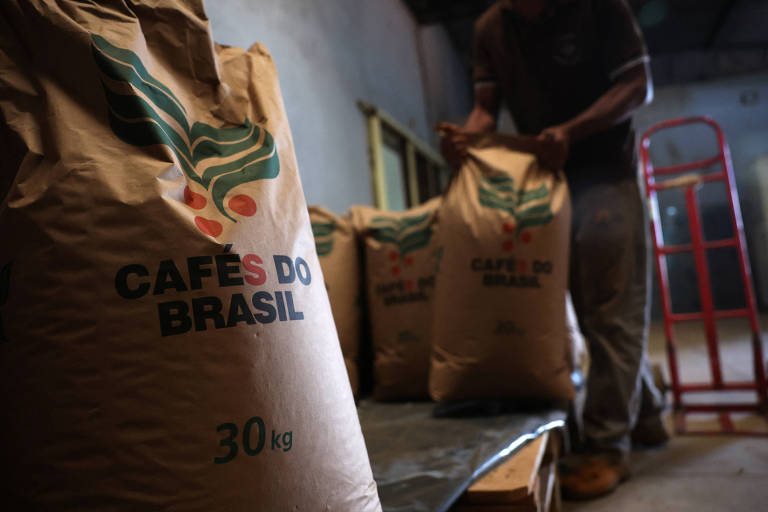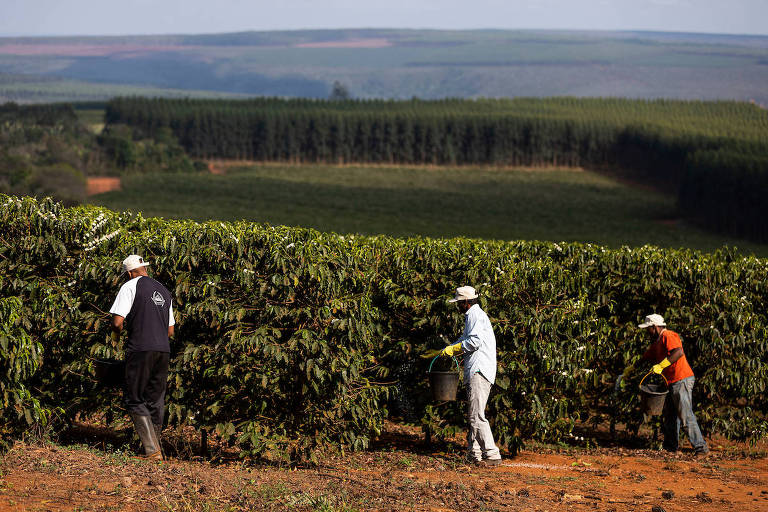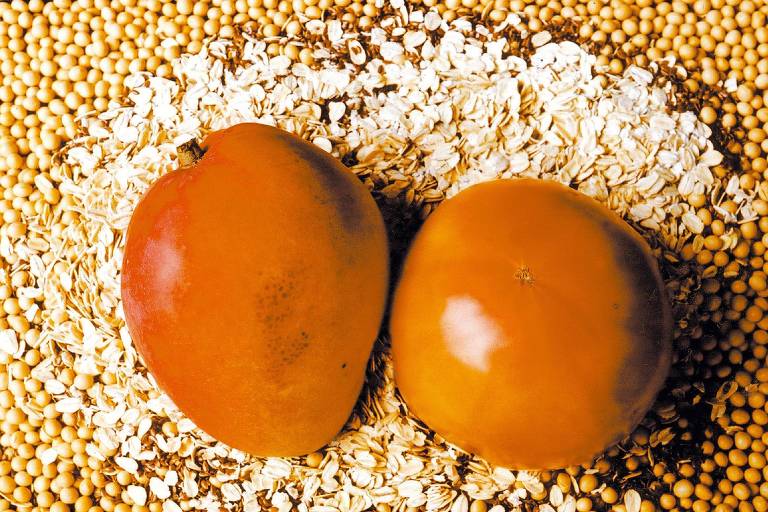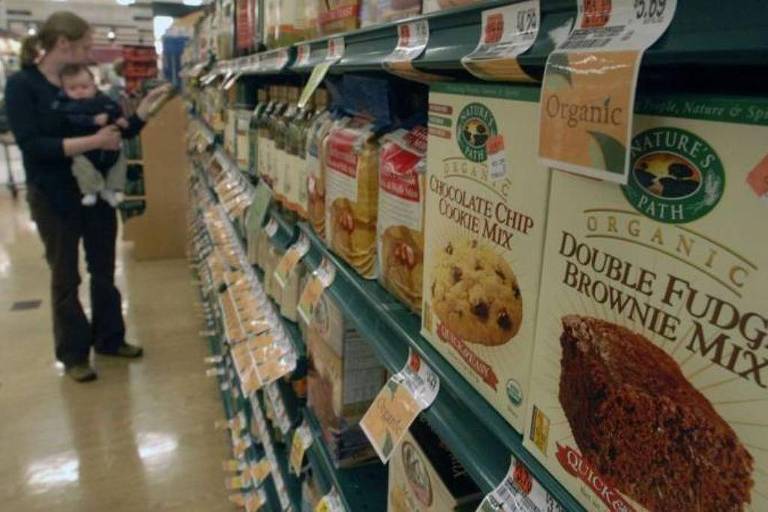7 Products That Could Become More Expensive for Americans with Trump's Tariff on Brazil

Sao Paulo | BBC News Brazil
US President Donald Trump signed on Wednesday (30) the measure that institutes a 50% tariff on Brazilian products entering the United States from August 6th.
After days of tension waiting for the definition of the so-called tariff hike, the measure came accompanied by a list of exemptions with almost 700 items , which brought relief to sectors such as orange juice and aircraft manufacturing.
Considering what Brazil shipped to the US in 2024, these products account for around 43.4% of exports to the American market .
Around 3,800 items would still be subject to the 50% surcharge.

Among them are some products of which Brazil is a relevant supplier to the US, such as coffee and organic sugar.
The affected industries have expressed concern and calculated losses due to the possibility of reduced or unfeasible exports to the USA.
But what does this mean for the American consumer? The impact should become clearer in the coming months.
Taxation could, for example, inhibit the import of products from Brazil, leading the US to try to increase domestic production, seek substitute markets, or, if these two alternatives are unsuccessful, reduce the domestic supply of these items.
In this last scenario, if there is no reduction in demand, the lower supply could result in higher prices.
In an alternative scenario, for products where Americans' consumer appetite is less sensitive to price increases, imports may occur even with the 50% tariff, which may be partially or fully passed on to the end customer.
In an analysis published on Monday (28), The Budget Lab, a research center at Yale University, predicted, with all tariffs announced up to that date, an increase in American inflation of 1.8% in the short term (before consumers change their habits in reaction to the tariffs, according to the parameter used by the research), the equivalent of a loss of US$ 2,400 (around R$ 13,400) per household in 2025.
BBC News Brasil cross-referenced data from the list of tariffed products with information from the US International Trade Commission and the Observatory of Economic Complexity to understand which products could become more expensive for Americans as a result of the measure against Brazil.
Discover 7 of them below:
The United States is the world's largest coffee consumer and, with the exception of small coffee plantations in Hawaii and Puerto Rico, does not produce the commodity.
Brazil is by far the largest supplier, accounting for about a third of everything Americans import.
In a recent interview with BBC News Brasil, former Brazilian Secretary of Foreign Trade and partner at the BMJ consultancy, Welber Barral, pointed out that, precisely because of the importance of Brazilian coffee in the US import agenda, he believed that the country would have difficulty finding a substitute.
Colombia is the second largest coffee seller to the US and is subject to a much lower tariff than Brazil, at 10%.

The country is responsible, however, for only 8% of the global production of the commodity, while Brazil accounts for 37% of all coffee grown in the world.
Thus, even if there were an eventual increase in interest, Colombians could have difficulty meeting the increased demand. The same goes for Vietnam, the world's second-largest producer, with 17% of the total.
U.S. Commerce Secretary Howard Lutnick even said this week that products not grown in the United States could be included on a global list of tariff-free items . It's unclear, however, when this decision would be made or whether Brazilian products would be included.
Brazilian coffee was highlighted in a recent analysis by the Tax Foundation, a tax policy think tank, which argued that Trump's tariffs would lead to higher food prices for Americans.
"Given that Brazilian coffee can have a unique flavor profile, American producers cannot simply produce 'Brazilian coffee' in the U.S. In this situation, some consumers may choose to simply pay the higher import price for Brazilian coffee, rather than switching to another type," the text says.
The Tax Foundation's analysis highlights Brazil as the fourth largest supplier of food to the US, with US$7.4 billion in imports, behind the European Union (US$31 billion), Mexico (US$17.6 billion) and Canada (US$15.6 billion).
According to data from the Economic Complexity Observatory, the country is also the fourth largest supplier of mangoes and guavas (which are together in the nomenclature of goods used in foreign trade) to the Americans, having shipped around US$56 million of these products to the country in 2024.
Mexico is the largest supplier, with US$550 million, followed by Peru (US$96.9 million) and Ecuador (US$56 million).

The US grows mangoes in states like Florida, California, and Hawaii, but much of its domestic consumption is met by imports. The same goes for guava, which is cultivated sparingly in Florida, Hawaii, and Puerto Rico.
Brazilian mango producers say the 50% tariff makes exports unviable and are already reporting order cancellations.
If the US cannot find alternative markets where tariffs are lower and that can meet demand, the reduced domestic supply could lead to higher supermarket prices.
In The Budget Lab's analysis, the estimate is that fruit and vegetable prices will grow 6.9% in the short term.
Brazil is the world's largest meat exporter and accounts for 23% of US meat imports, according to calculations by Genial Investimentos.
The US is the second largest market for Brazilian products, behind only China.
Abrafrigo (Brazilian Association of Meatpacking Plants) has already stated that an additional 50% tariff could make sales to the American market unfeasible.
Unlike coffee and fruits such as mangoes, the US is also a major producer of meat.

Still, The Budget Lab team estimates an increase of around 1.1% in beef prices in the months immediately following the tariff hike.
The cost of meat in the US had already reached record levels this year, before the implementation of the tariffs.
The increase, in the opinion of experts, is due to a structural issue: while the cattle herd has remained relatively stable over the last two decades, consumption continues to expand.
If the 50% tariff does indeed make imports from countries like Brazil prohibitive, the American industry's difficulty in meeting demand could put even more pressure on prices.
In the case of organic sugar, the US imports practically everything it consumes — and Brazil was responsible for 49% of what entered the country between 2023 and 2024, followed by Paraguay (19%) and Colombia (13%), according to data from the US Department of Agriculture (USDA).
The Organic Trade Association, which represents the US organic sector, warned that increased costs from tariffs could jeopardize several production chains.

To receive the USDA organic certification seal, products containing sugar must be made with organic sugar.
Thus, items ranging from yogurts, ice cream and chocolate drinks to kombucha and cereal bars could suffer price increases, warns OTA, which mentioned Brazil by name in its analysis.
Cocoa is another commodity that the US practically does not grow, except for modest production in Hawaii and Puerto Rico.
Brazil, in turn, is an important supplier of cocoa butter to Americans, one of the main raw materials for chocolate.
According to data from the Economic Complexity Observatory, the equivalent of US$61.4 million worth of the product was shipped, ranking fifth on a list that includes Indonesia (US$308 million), Malaysia (US$275 million), Peru (US$138 million) and India (US$88 million).
The price of chocolate has been rising worldwide, especially due to the impact of adverse weather conditions in major cocoa-producing regions such as West Africa, and pests such as the cacao swollen shoot virus (CSSV).
In The Budget Lab's study of the potential impact of tariffs, metals top the list of estimated price increases, with a 39.4% increase in the months following the tariff hike and a 17.9% increase in the long term (when consumers change their habits in response to the tariffs).
This increase is expected to impact several sectors, one of which is the automotive sector, which relies on a range of metal commodities exported by Brazil.
The country is, for example, the second largest supplier of steel to the USA (behind only Canada), and is the largest exporter of niobium, widely used in steel alloys used in the chassis and in the passenger protection bars in the doors.
Steel, like aluminum, had already been the target of a global 50% tariff imposed in June .
By raising the price of imports, Trump hopes to revitalize the American steel industry, one of his campaign promises fueled by the slogan Make America Great Again.
The measure was praised by steel industry associations and unions, but criticized by organizations that use the product as a raw material. One of these was the Can Manufacturers Institute, which warned of a possible increase in the price of canned foods.
Trump had already imposed tariffs on steel and aluminum during his first administration. An analysis by the U.S. International Trade Commission found that the measure was beneficial to producers in the sector, but overall had a negative impact on the economy, causing price increases for several products, including vehicles.
Text originally published here .
uol





